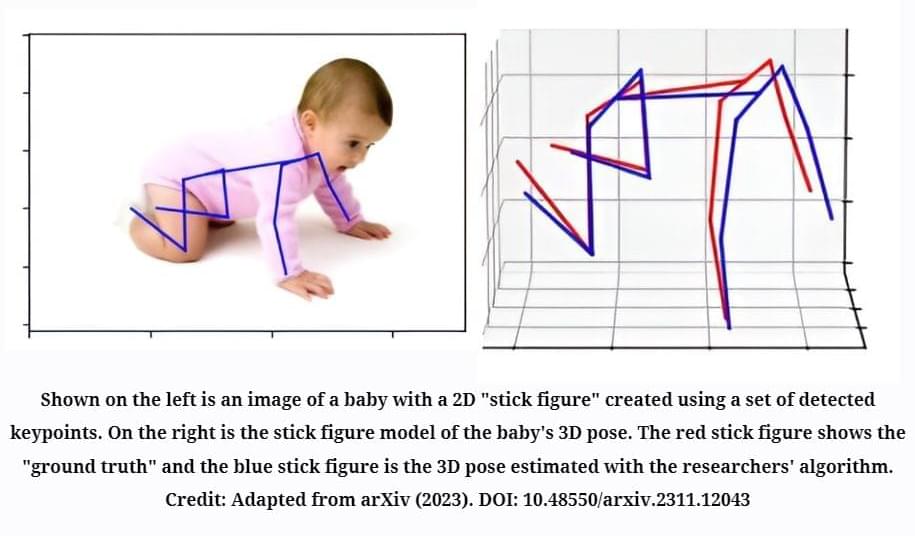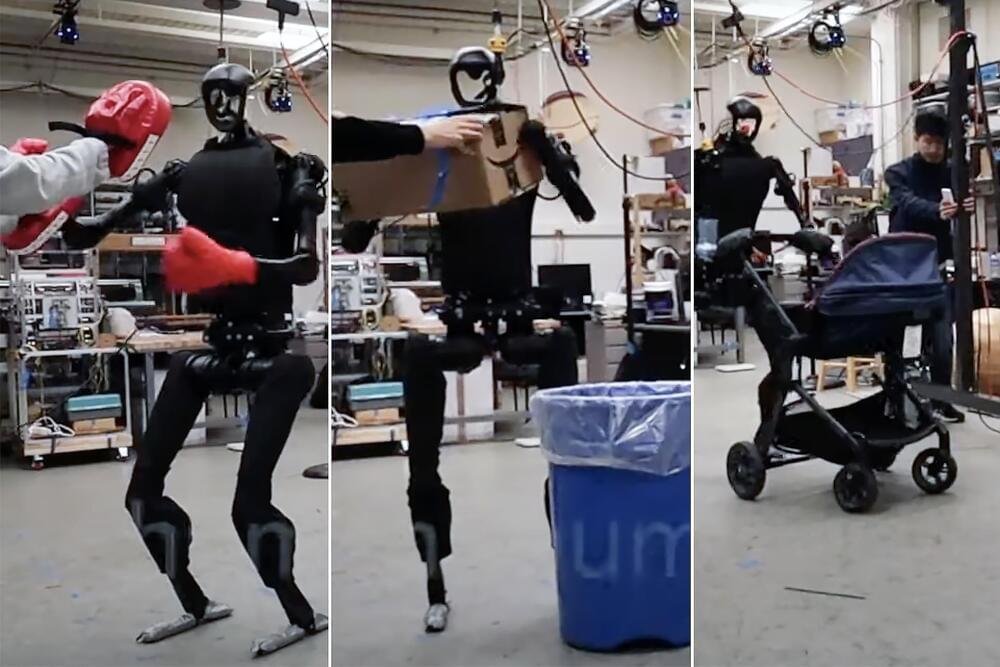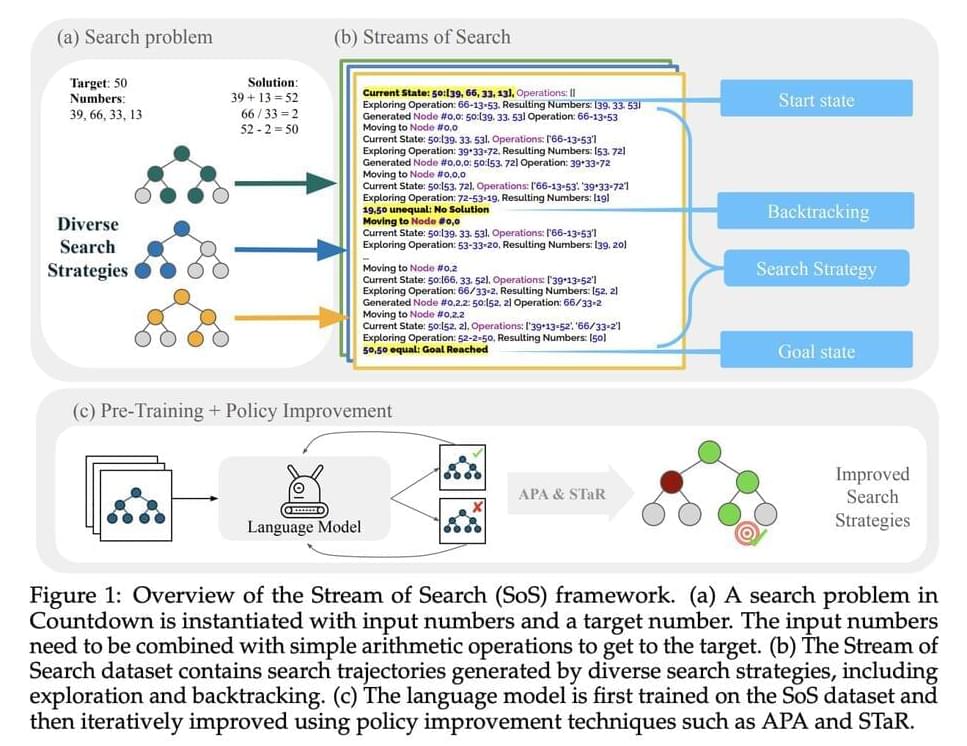Apr 16, 2024
Purple Bacteria: A Key to Finding Life Beyond Earth
Posted by Laurence Tognetti, Labroots Inc. in categories: alien life, information science
What should we look for when trying to find life beyond Earth? Should it be the familiar green and blue colors that we see thriving on our small, blue planet, or something else entirely? This is what a recent study published in the Monthly Notices of the Royal Astronomical Society hopes to address as a team of researchers investigated how identifying purple colors on other worlds, as opposed to the aforementioned green and blue on Earth, could serve as an optimal method in the search for life beyond Earth since many bacteria exhibit purple pigmentation. This study holds the potential to help scientists better understand the criteria for identifying life beyond Earth, and specifically life as we don’t know it.
“Purple bacteria can thrive under a wide range of conditions, making it one of the primary contenders for life that could dominate a variety of worlds,” said Dr. Lígia Fonseca Coelho, a postdoctoral associate at the Carl Sagan Institute (CSI) and lead author of the study.
For the study, the researchers analyzed a myriad of purple sulfur and purple non-sulfur from various oxygenated and non-oxygenated environments with the goal of ascertaining how their physical properties compared with reflectance data derived from several Earth-sized exoplanets. In the end, they produced a data base that can be used to potentially locate purple-colored life on other worlds throughout the cosmos, including Earth analogs, water planets, frozen planets, and snowball planets. The goal of this data is to improve algorithms and additional search methods to identify purple colors instead of green, with the latter being the traditional search baseline.


















